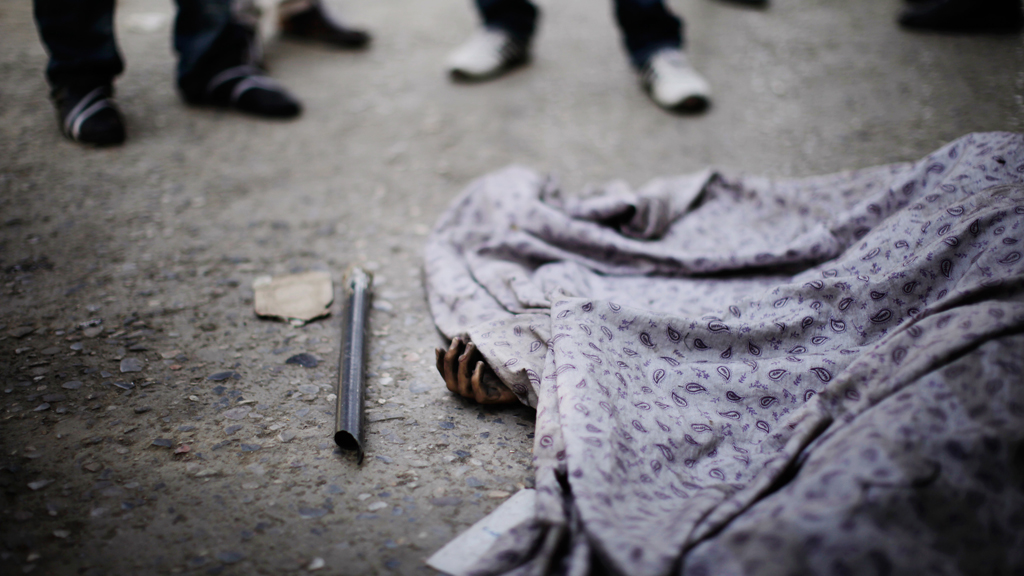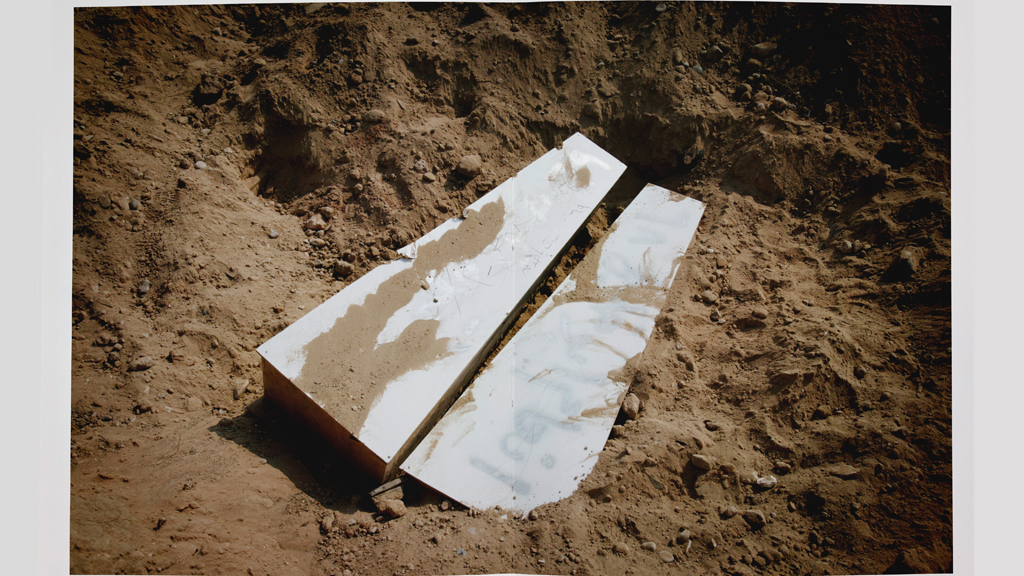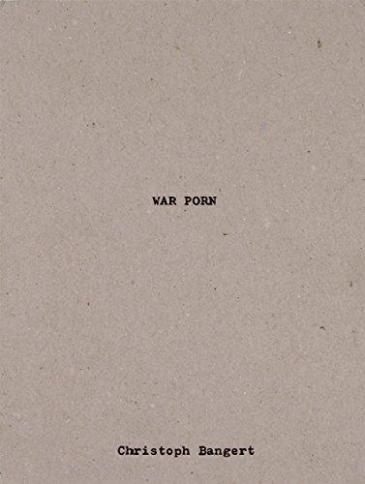We must not look away

In a starkly arresting manner, Christoph Bangert shows what people in wars and conflicts still do to each other today, more than 100 years after the start of World War I. The photographs collected in his book "War Porn" were taken in the Gaza Strip, Indonesia, Israel, Lebanon, Iraq and Afghanistan between 2003 and 2011. Bangert was commissioned to undertake many of these trips by "The New York Times".
Bangert's chief motivation in publishing this book was that many of his photographs were deemed by editors to be too unpalatable. "War Porn" grapples with the self-censorship that begins in the mind of the photographer and ends with the media consumer.
What can be shown on the subject of wars and conflicts, above all in western media, is subject to norms and conventions of visibility. This contrasts sharply with the experience of the photographer out in the field, where dead and injured people are an everyday sight.
This book asks whether this is also linked to a compulsion to share and show these experiences and images. Bangert's project aligns itself almost seamlessly with the views of German journalist Carolin Emcke, who believes that reporting on the suffering of others is not only possible, but necessary, for the victims themselves as well as for readers in far-off regions.

The traces of war and terror
The images in "War Porn" are less arresting for their aesthetic qualities and more for their unfiltered content: corpses beneath sheets, people with bandages around their heads and limbs, mutilated and charred bodies, anonymous graves, dead children and adults, grieving people and burials, the omnipresent traces of war and terror.
In "War Porn", there is hardly any aspect of suffering and war that is not captured in a corresponding photo. The sight of these images raises the question as to how people survive in such an environment and how anyone who witnesses such horror cannot be traumatised by it. Aside from corpses, other circumstantial details intensify the impact of the images: the saws used to amputate limbs, pools of blood on the ground, the mortuaries.
As befits the subject matter, the format and the layout of the book are restrained and unobtrusive. Two thick bookbinding boards marked with nothing but the embossed title, the author and the publishing house serve as the cover; the binding lies open. Apart from a five-page preface, the book consists of landscape-format images on double pages.
The typewriter font at the beginning does call to mind a diary entry, but the effect is nevertheless somewhat outdated. There is a key to each of the pictures at the end of the book, enabling a contextualisation of the events portrayed.
Readers are challenged to assume a more active role by cutting open pages that have been left stuck together. In this instance, the reflection on self-censorship in the mind pursued by Bangert as the crucial issue is transposed into a design concept that simultaneously challenges the reader to decide himself how much he can endure. In this way, Bangert demonstrates that the consumer is also part of the process of self-censorship and is involved in the photographic event through observation.

Self-censorship
From January onwards, colleagues and those who pre-ordered the book online were also drawn into the debate by Bangert, who sent them postcards focusing on the issues raised by self-censorship.
The only jarring thing about "War Porn" is its title. Bangert's term alludes to a debate in which war photography is described as pornographic and that its publication should therefore be prevented. Bangert's book gives this view the finger. He undertakes to publish these pictures, which have nothing pornographic about them at all. Instead he forces the observer to take a stance on the dead, the victims and war crimes also committed in the name of Western countries involved in the war.
Bangert also ties the project in with his own family history, which further bolsters its impact. The book ends with photographs of his grandfather, a staunch National Socialist, from World War II. His grandfather's recollections presented the war solely as a tale of heroism, with his horse Malinki cast in the most important role. Like so many members of his generation, death, suffering and self-doubt were not discussed.
"My grandfather, who served the Nazi regime, chose to forget what he had seen," writes Bangert in the introduction and uses this as an opportunity to explain why he is telling his story and how important it is for him to show future generations what his memories of war look like: the heaps of bodies in this book, among other things.
Although the comparison between Christoph Bangert and his grandfather is somewhat clumsy, as the former went to war as an observer and not as a perpetrator, one ultimately gains a very real sense of what might go through the mind of a photographer who, like Christoph Bangert, spent many years of his life documenting the suffering of war. This book is a visual testimony to these experiences.
In all of this, "War Porn" is and remains a book of photographs. It thrives on what the images tell us about the war. The debate over what can and cannot be shown, and how conventions of seeing and the way the choices made by photo editors curtail our view of suffering, must be conducted elsewhere. The perspective of the photographic observer that characterises "War Porn" can provide the impetus for this discussion.
Felix Koltermann
© Qantara.de 2014
Translated from the German by Nina Coon
Editor: Aingeal Flanagan/Qantara.de
Christoph Bangert: "War Porn", Kehrer Verlag 2014, ISBN 978-3-86828-497-3